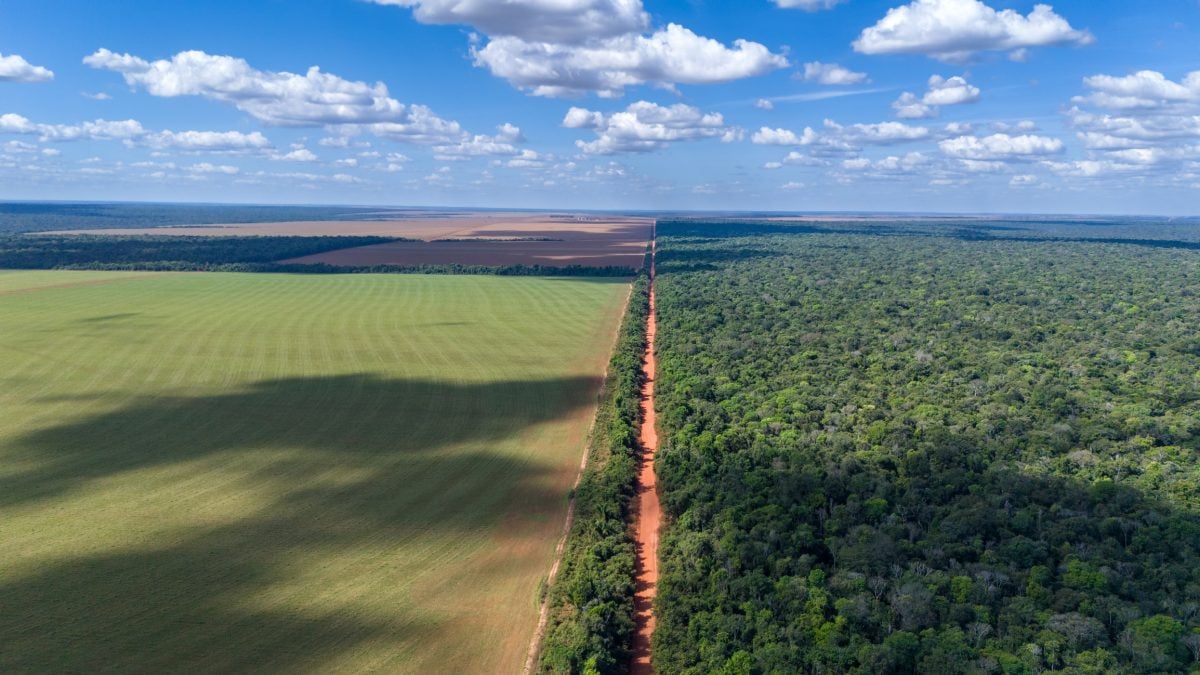Glacier FarmMedia | MarketsFarm—Warmer weather and varied precipitation across Manitoba allowed crops to further develop during the week ended Aug. 5, according to the province’s weekly crop report.
The two wettest locations during the week were Sprague in the eastern region at 28.5 millimetres and The Pas in the northwest region at 21 mm. Meanwhile, many other communities received no precipitation whatsoever. Precipitation accumulation has exceeded 100 per cent in most areas since May 1, while there have been a normal amount of growing degree days as well as optimal soil moisture.
Read Also

Soy trading firms to abandon Amazon protection pact in Brazil
Some of the world’s largest soybean traders are preparing to break their agreement to curb deforestation of the Amazon rainforest to preserve tax benefits in Brazil’s top farm state, two people with direct knowledge of the matter told Reuters.
Spring wheat quality in Manitoba was the highest in the Interlake at 85 per cent good to excellent, followed by the northwest region at 80 per cent, the central region at 75 per cent, the eastern region at 70 per cent and the southwest region at 65 per cent. The earliest seeded spring cereals, as well as fall rye and winter wheat were between hard dough and physiological maturity. Later planted spring cereal fields were in the milk to soft dough stages. Harvest has already started for fall rye and winter wheat, while it is expected to start in barley fields this week. Most corn was between tasseling and silking.
Early seeded canola was in the pod fill to early ripening stages, while late seeded canola continued to flower. Sunflower stands ranged from bud elongation to 30 per cent flowering. Meanwhile, most flax fields were in growth stages nine and 10.
Field peas started to change colour while in the R4 and R5 stages. Soybeans were in the R2 to R4 stages with most in R3. Meanwhile, most fields have recovered from iron deficiency chlorosis.
Progress was made with hay and silage, as tame hay stands yielded 2.5 to three tonnes per acre on average. Beef producers have started their second cut beef hay harvest, while dairy producers reported good yields for second cut alfalfa. Cereal silage was halfway done with yields in the northwest reported to be eight tonnes per acre. However, high humidity made it difficult for hay to dry.
Cooler temperatures and precipitation were needed to improve annual forage and pastures. Pasture growth was good in the central and eastern regions. Wet conditions in certain areas have cattle producers on the lookout for flies, pink eye and foot rot. Dugouts were at 80 per cent capacity, but some were drying out in the southwest region.
















